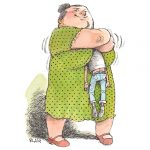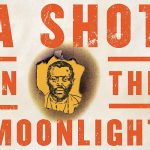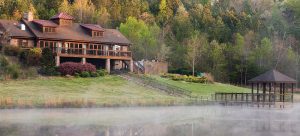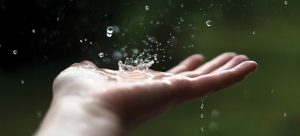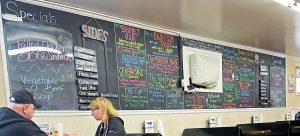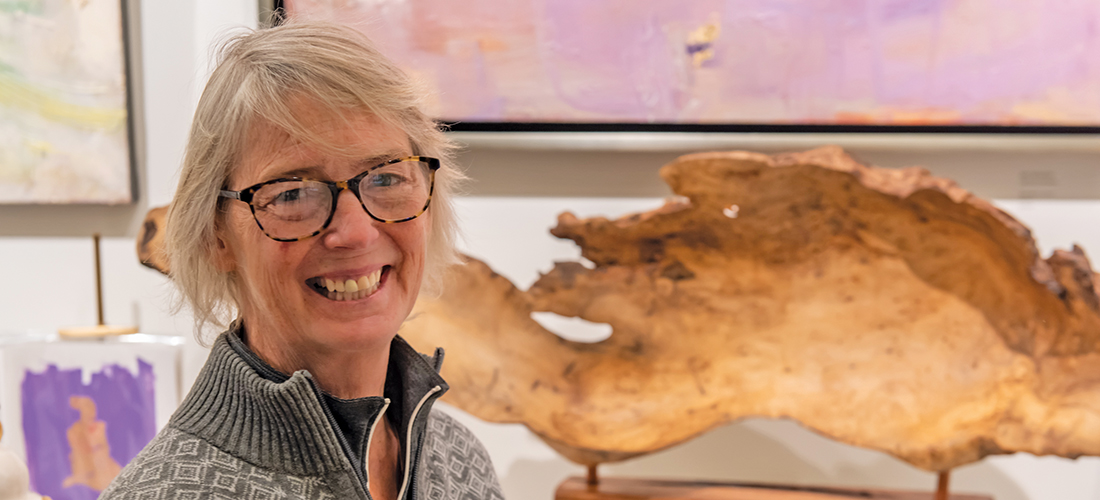
A Deeper Look
Artist Helen Doemland sees possibility — and beauty — in nature’s castoffs
By Virginia Holman
Why do we so often see ourselves as separate from the natural world, or see the natural world as something separate from ourselves? The very things we must shield ourselves from are the same elements and organisms we need to survive — air, water, soil, fire, plants, animals, microbes, even germs.
Our homes are framed with timbers; floored with heart pine, oak, bamboo; tiled with glass, stone, kiln-fired clay. We decorate them with plants, sleep on sheets woven from cotton, feed the fire in our furnaces with wood, gas, oil, and we bathe, drink and cook with water that flows effortlessly from the tap.
Though it’s hard to understand how much we shape our world and it us, one thing is clear: Our dependence on the natural world inspires us. We look at clouds and stars and see faces, animals, mermaids, the sails of a ship. If you’re artist Helen Doemland, walking the wrack line along the Cape Fear River at low tide, you may see an old tree limb tossed high in the needlerush. You’ll wade through brittle reeds and muck to get a closer look. It’s bird-pocked and worm-holed, scalloped with fungus, sun-bleached and battered. You run your hands over it, view it this way and that and think — I will make something of this. Then you’ll haul it out, heave it into your fat-tired, metal buggy and trudge back to your studio.
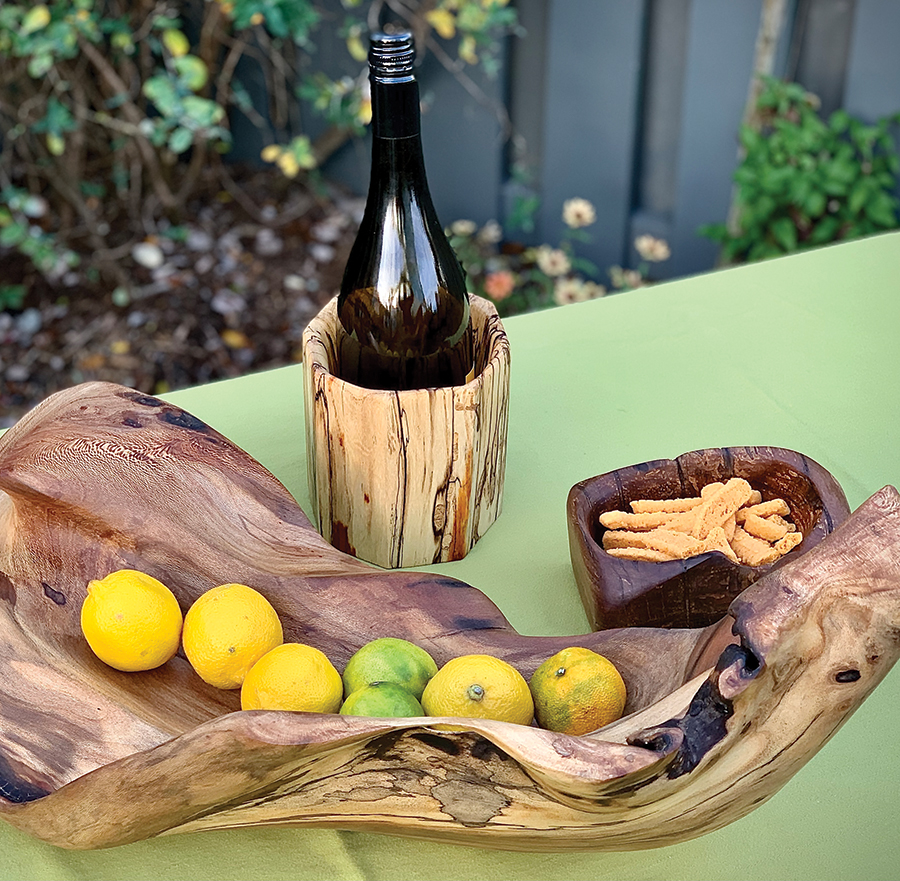
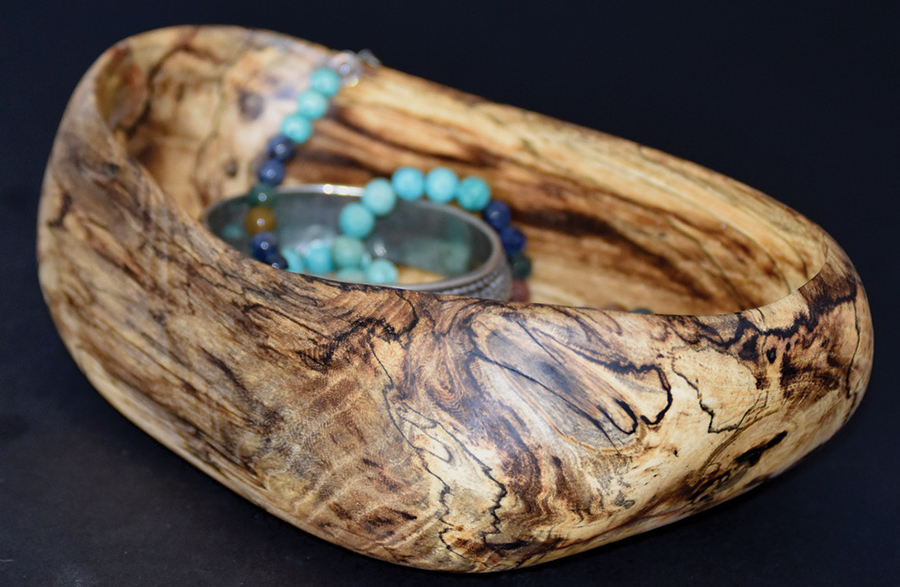
Although based in Wilmington, Doemland’s watercolors and wood works have gained traction all over North Carolina, including Greensboro, where you can see her work at Gallery at Grandover. Her sculptures are one of a kind, and many hold a functional secret. An elegant, abstract spalted carving that graces an end table is easily removed from its pedestal and becomes a dramatic centerpiece for your dining table. A gnarled and veined sculpture with several deep pockets functions as a flower vase or a wine chiller. Smaller bits of wood she may sand, sculpt and drill. Then, with a bit of primitive twine and expert knots, she’ll transform them into small hanging baskets for bromeliads and other air plants.
How does Helen know which castaway limbs to collect? That’s something even she can’t quite explain. Instead, she takes me out one low tide dawn to one of her gathering spots. We drive there, take a long walk through the woods, and past shocking piles of trash here and there, where, sadly, people have dumped bottles and mattresses, remnants of carpet, a car tire, and later a wide swath of something that looks like shattered coke from the interior of a smokestack. We come upon one marsh area, and she points through a thicket of phragmites in the distance to an object in the marsh that looks like a giant rusted boiler or oil tank and the old chassis of a truck or tractor. How on Earth did these things wind up here? How will they ever be removed?
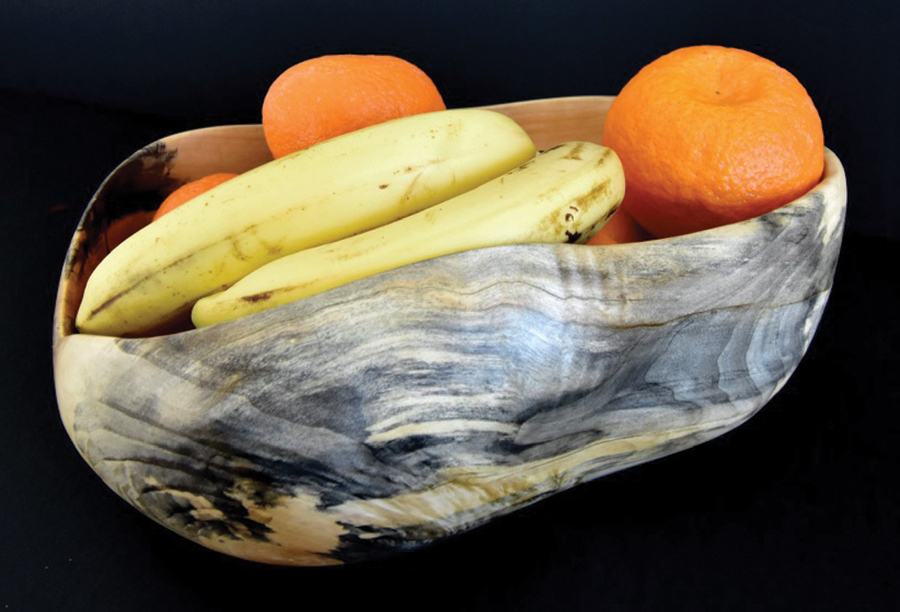
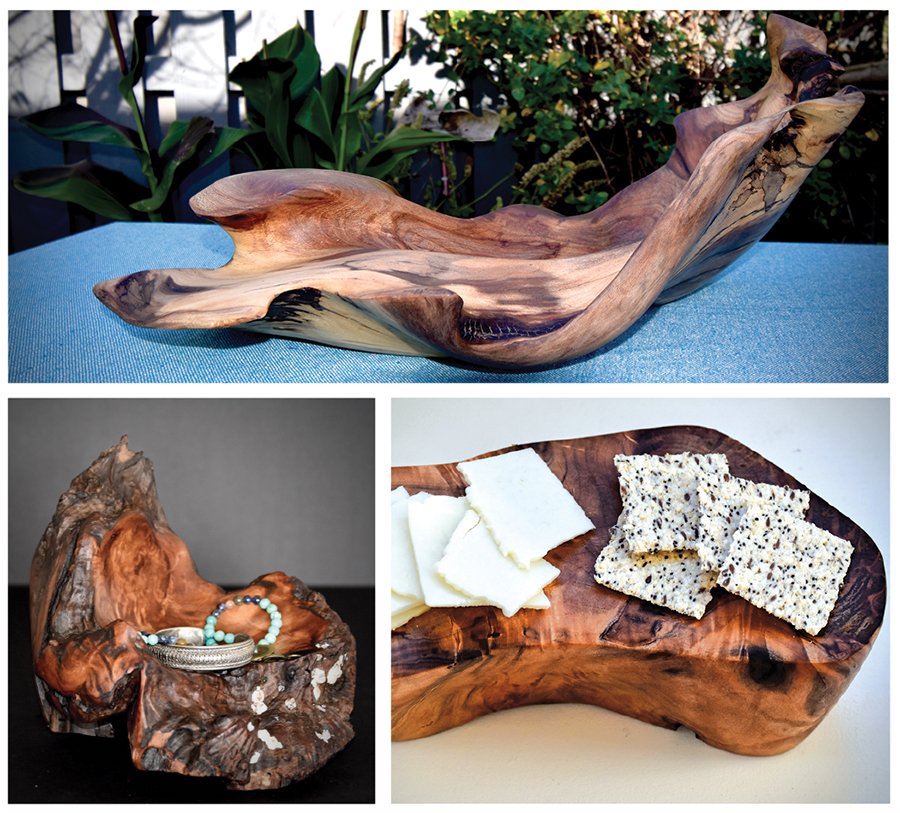
Helen pulls her buggy behind us as she scans the shoreline. The sun has yet to rise, but the sky, the water, the narrow strip of shoreline exposed at low tide are tinted in purples and pinks. We wander to wherever there is wood. In the end, I can’t predict what she will collect and transform and what she will leave behind. She says it’s mostly experience and instinct, but like many artists, she sees potential where others do not. We come across a plain-looking stump cut long ago, uprooted, and washed ashore. Helen’s pace quickens. “Ah, this! I call this gold wood.” When I ask her what kind of wood it is, she says she isn’t sure. “It may be ash. It may be maple, but the last time I made something from it, it was amazing. I’ll show you.”
We return to her shop. She brings out a bowl. The polished wood is the color of honey, and the interior is veined with strange marbling. “It looks like a map,” I tell her.
“Look here,” she points. There, it appears, is a shape like the head of a wolf.
“And here,” she says, “doesn’t that look like a turtle?” The more you look, the more is revealed. Helen’s artwork shows us what is possible when one takes the time to examine the castoff, the old and broken, and asks, what is possible here? OH
Check out Helen Doemland’s work at the Gallery at Grandover and online at helendoemland.com
Author and creative writing instructor Virginia Holman lives and writes in Carolina Beach.

